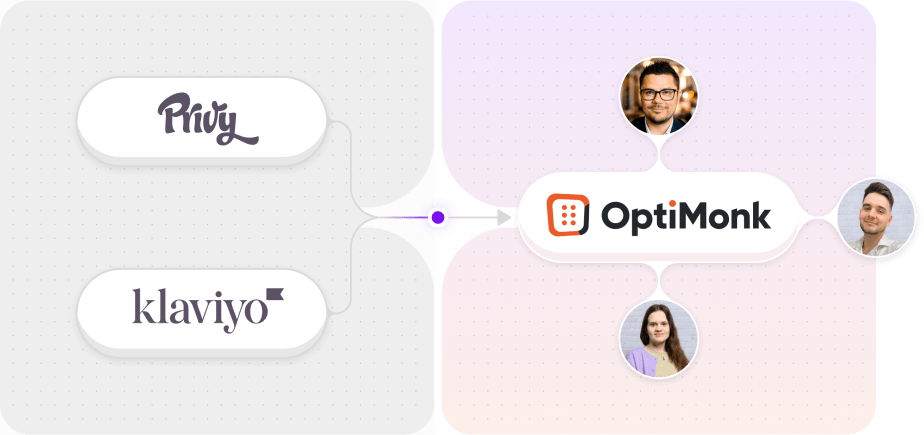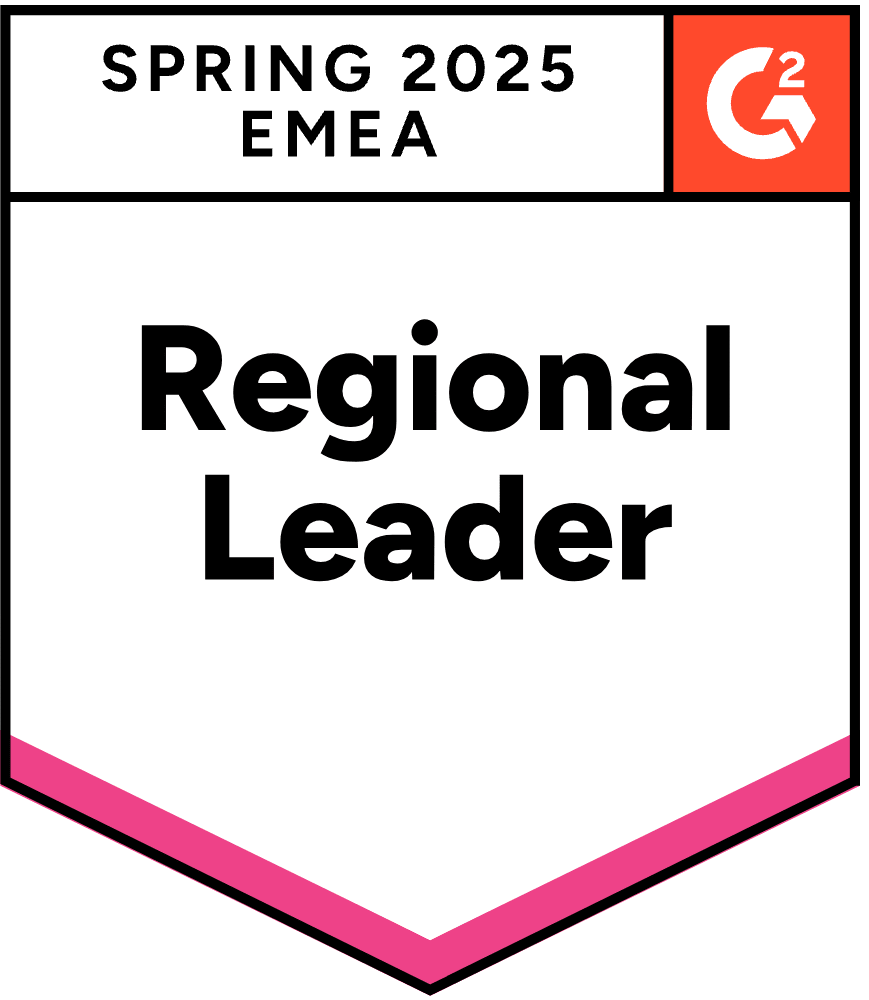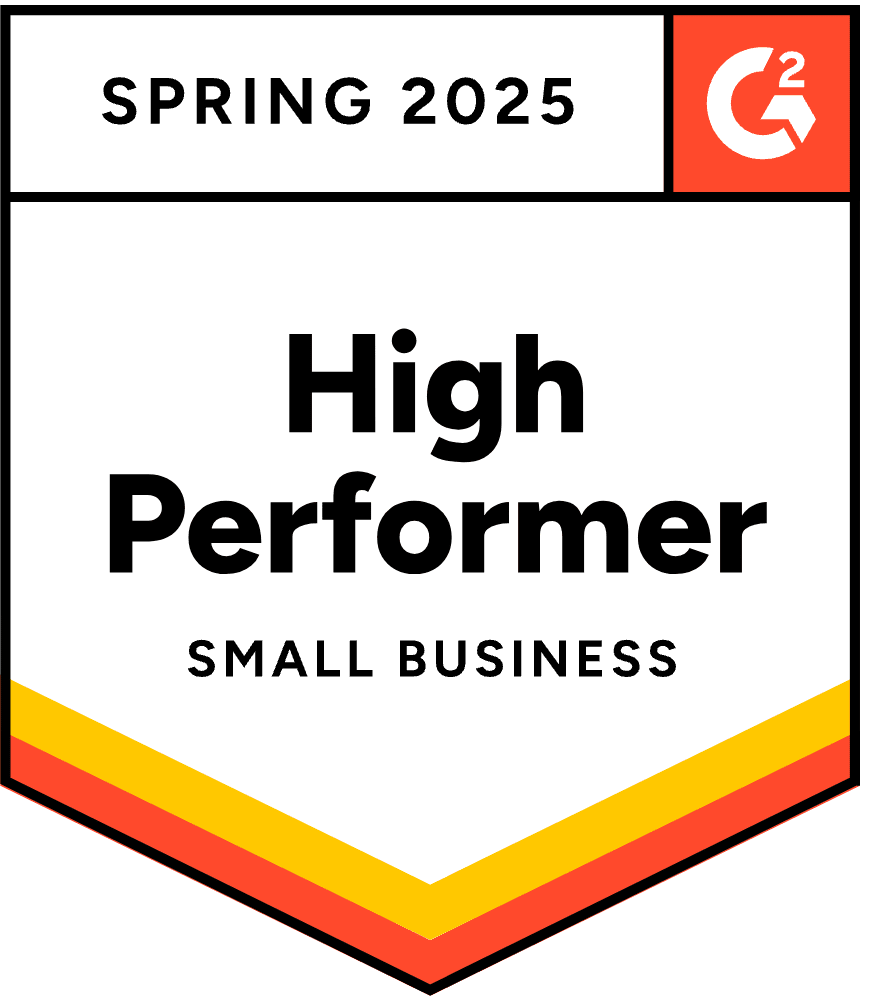Table of Contents
As an ecommerce store owner, you’re always looking for ways to grow, and one of the most effective ways to do that is to generate leads for your business.
What about people who visit your site and leave without taking any action…how can you stop them in their tracks and win them over to improve your lead generation efforts?
In this guide, we’ll cover:
- Why lead generation matters for sustainable growth
- 7 proven, data-backed tactics real businesses are using right now
Let’s get right into it!
Why is lead generation important?
Here’s a quick stat to get you started: companies that nurture leads generate 50% more sales-ready leads at 33% lower cost.
Lead generation is the foundation of sustainable growth. It brings in people who are already interested in what you offer, helps you connect with them at the right time, and sets the stage for building a long-term relationship.
Without a lead generation strategy, your sales team is left guessing, and your marketing efforts risk becoming expensive experiments.
When done well, lead generation can:
- Reduce customer acquisition costs
- Dramatically improve your ROI (return on investment)
- Help you generate sales leads that convert into paying customers
Inbound vs. outbound marketing: two paths to lead generation
Before we jump into specific tactics, it helps to understand the two core approaches to generating leads: inbound and outbound marketing.
Both can be highly effective, and most successful ecommerce brands use a mix of the two.
1. Inbound marketing
Inbound marketing focuses on drawing potential customers in by offering helpful, relevant, and compelling content and experiences.
Instead of chasing people down, you create value that attracts more leads to you on different marketing channels.
Here are the key inbound strategies:
Content marketing
Create blog content that solves real problems your audience is actively searching for solutions to. A well-targeted blog post can drive organic traffic and naturally lead visitors to sign up for a newsletter or download a resource, serving as an effective lead generator.
SEO-optimized landing pages
Landing pages optimized for specific keywords help your site rank on search engines and attract high-intent visitors. These pages should be designed to guide visitors toward a conversion, whether it’s signing up for a list or completing a purchase.
Quizzes, guides, or ebooks
Offering interactive quizzes, downloadable guides, or eBooks in exchange for email addresses is a highly effective way to generate leads. These resources provide immediate value, so it naturally increases customer satisfaction while also giving you the chance to capture contact information.
Personalized on-site messages
Using behavioral triggers like popups based on visitor actions (e.g., showing a special discount to returning customers) makes your messaging more relevant. This increases the chances of converting casual visitors into leads.
2. Outbound marketing
Outbound marketing is a more direct approach, where you actively push your message to people—whether or not they’re looking for it.
While more expensive, it’s ideal for quick growth and immediate visibility.
Paid advertising
Running ads on platforms like Google, Facebook, Instagram, or TikTok allows you to reach specific audiences. Paid ads can be highly effective at driving traffic and generating leads quickly, but they must be paired with optimized landing pages to convert visitors into leads.
Retargeting campaigns
Retargeting helps you reconnect with people who visited your site but didn’t convert. By showing them follow-up ads, you can keep your brand top of mind and increase the chances of a return visit or purchase.
Influencer partnerships or sponsored placements
Collaborating with influencers or securing sponsored placements on relevant platforms can quickly amplify your reach and web presence. These partnerships allow you to tap into engaged audiences that are more likely to trust and engage with your brand.
Giveaways, contests, and cold email outreach
Running a giveaway or contest is a great way to quickly grow your email list, especially if you offer incentives for social sharing. Cold email outreach can also generate interest, especially when targeting businesses or individuals that could benefit from your products.
How to generate leads for your business?
Let’s break down 7 actionable ways to generate more leads, complete with real OptiMonk examples you can copy today.
1. Use highly effective popups
Popups often get a bad reputation. That’s a shame, because when used strategically, they can be a powerful way to engage potential customers.
Rather than hitting visitors with a generic offer right away, begin with a simple yes/no question.
This approach is called the foot-in-the-door technique, where you start with a small request to increase the chances of a bigger commitment later.
Once they’ve interacted, they’re prompted to enter their email address and then receive a product recommendation.

Start in minutes with these easy-to-edit templates:
2. Promote ebooks
If your business has insights your target audience wants, package that knowledge into a downloadable asset like an ebook, checklist, or guide.
Offer this resource in exchange for an email signup. This works best when paired with contextual targeting.
For example, only show the popup offering a marketing guide to people reading a marketing-related blog post.
Make sure the content is genuinely valuable, solves a problem, and is easy to consume.
The Turmeric Co. generates leads with practical nutrition guides that align perfectly with their wellness-focused audience:

Elevate your lead generation strategy with these ebook popups:
3. Offer free samples
Letting potential customers try your product before buying builds their confidence and increases the likelihood of a future purchase.
It’s a smart way to earn trust and attract high-quality leads who are genuinely interested in what you offer.
One proven strategy? Use a targeted popup to offer a free sample in exchange for an email address. This works especially well during product launches or limited-edition drops when excitement is already high.

After they receive the sample, keep the momentum going—follow up with a special offer, like a discount or product bundle, to turn interest into a conversion.
4. Run a giveaway
Giveaways are a powerful way to quickly grow your email list and boost engagement.
But here’s the trick: it’s not about flashy, unrelated prizes. What really works is choosing a giveaway item that aligns perfectly with your product or niche.
This ensures that the people entering your giveaway aren’t just in it for the free stuff. Remember, the goal is to attract potential customers.
For instance, if you sell skincare, a skincare bundle makes way more sense than giving away an iPad.
Take Highway Robbery, for example. They offer a free robe to users who sign up for their newsletter, an offer that naturally attracts people already interested in their products.

Bring your idea to life with these popup templates:
5. Use gamification
Gamification turns static, forgettable signup forms into interactive experiences your visitors actually enjoy.
And here’s the kicker: some online businesses have seen conversion rates increase by up to 700% using gamification strategies.
Whether it’s a spin-to-win wheel, a scratch card, or a short quiz, these tools don’t just grab attention; they make lead generation feel like a game.
To keep users motivated, make sure everyone walks away with something, whether that’s a discount, a freebie, or early access to a special offer.
Ready to boost conversions with gamified popups? Start here:
6. Use embedded signup forms
Not every visitor responds to popups. Some of your website traffic prefers more subtle ways to subscribe, and that’s where embedded forms come in.
These are static forms placed throughout your site, such as:
- At the bottom of blog posts
- In the website footer
- Mid-article on landing pages
Make the offer clear: “Subscribe and get 10% off,” or “Join 5,000+ marketers for weekly tips.”
For better results, combine embedded forms with behavioral targeting so they only appear for new visitors.
7. Use quiz popups
Quiz popups are a win-win: they help you capture leads and learn more about your audience.
By asking a few simple questions and offering personalized insights or recommendations, you create an interactive experience that makes visitors more willing to share their email.
You can use quizzes to:
- Help shoppers find the right product
- Share personalized tips
- Recommend relevant content based on user preferences
Saalt uses a quiz popup to engage visitors, gather valuable data, and build trust before collecting email addresses.


It also helps them segment leads more effectively and guide users through the buying journey with ease.
Ready to create your own interactive experiences? Try these quiz popups:
FAQ
What is a lead generation campaign and how do you create one?
A lead generation campaign is a structured effort designed to attract, engage, and convert potential customers into leads. To create an effective campaign, your marketing team should focus on:
- Defining your target audience
- Crafting compelling lead magnets (eBooks, quizzes, discounts)
- Using both inbound and outbound marketing strategies (like content marketing and paid ads)
- Implementing a follow-up system (like email automation) to nurture leads
By focusing on providing value and making the process seamless, your lead generation campaign can drive consistent, qualified leads to your business, which will help you reach your revenue goals.
What’s the difference between marketing qualified leads (MQLs) and sales qualified leads (SQLs)?
Understanding this difference is essential for effective lead nurturing and lead scoring:
- Marketing Qualified Leads (MQLs) are individuals who have demonstrated interest in your brand—perhaps by downloading a guide, subscribing to your newsletter, or engaging with a campaign. They’re engaged but not yet ready to make a purchase.
- Sales Qualified Leads (SQLs) are further along the sales funnel. They’ve performed actions indicating strong buying intent, such as requesting a demo or pricing information. At this stage, they’re ready for direct interaction with your sales team, and they represent valuable sales leads.
Is it possible to generate leads for free?
Yes, you can generate leads with a very limited budget by using organic tactics like SEO, content marketing, and social media engagement. Offering valuable content, running giveaways on social media platforms, or using lead magnets in exchange for email sign-ups can all be done at little to no cost.
Can ChatGPT generate high-quality leads?
ChatGPT itself can’t directly capture leads, but it can assist in lead generation by helping you create engaging content, craft persuasive emails, write landing page copy, and even generate ideas for quizzes or lead magnets. It’s a powerful tool to enhance your overall lead generation strategy.
Why is personalization key for lead generation efforts?
Because it filters out unqualified leads and helps you focus on users who are most likely to convert. It also improves the user experience, builds trust, and makes your marketing far more efficient.
Wrapping up
Lead generation doesn’t have to be overwhelming, but it does need to be intentional.
Use the tactics above to create experiences that your visitors actually want to engage with. Whether it’s a free sample, a personalized quiz, or a gamified offer, the goal is to provide value and earn attention.
Start small. Test one or two of these ideas. Optimize. Then scale.
If you want a shortcut, explore OptiMonk’s ready-to-use templates to plug these strategies into your site without reinventing the wheel!
Migration has never been easier
We made switching a no-brainer with our free, white-glove onboarding service so you can get started in the blink of an eye.

What should you do next?
Thanks for reading till the end. Here are 4 ways we can help you grow your business:
Boost conversions with proven use cases
Explore our Use Case Library, filled with actionable personalization examples and step-by-step guides to unlock your website's full potential. Check out Use Case Library
Create a free OptiMonk account
Create a free OptiMonk account and easily get started with popups and conversion rate optimization. Get OptiMonk free
Get advice from a CRO expert
Schedule a personalized discovery call with one of our experts to explore how OptiMonk can help you grow your business. Book a demo
Join our weekly newsletter
Real CRO insights & marketing tips. No fluff. Straight to your inbox. Subscribe now
Barbara Bartucz
- Posted in
- Conversion
Partner with us
- © OptiMonk. All rights reserved!
- Terms of Use
- Privacy Policy
- Cookie Policy














